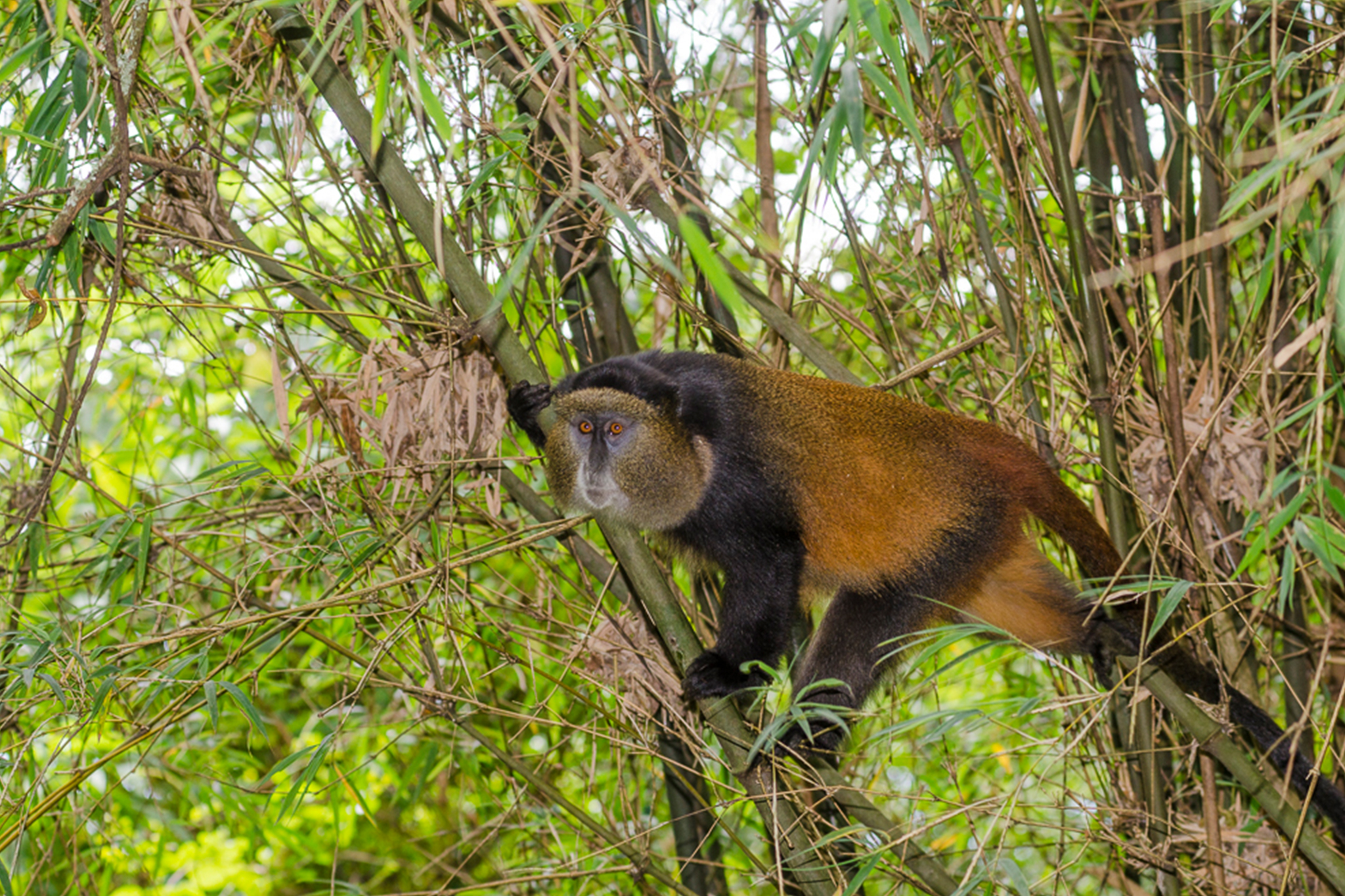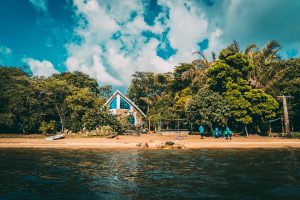Office: (+256) 776 212 155
My love for Mgahinga

Mgahinga Gorilla National Park is a national park located in southwestern Uganda. It is part of the larger Virunga Massif, which extends into Rwanda and the Democratic Republic of the Congo. The park is known for its stunning volcanic landscapes, rich biodiversity, and its population of endangered mountain gorillas.
Key features of Mgahinga Gorilla National Park include:
Volcanic Mountains: The park is characterized by a dramatic landscape of volcanoes, with three major peaks – Mount Muhabura, Mount Gahinga, and Mount Sabyinyo. These volcanic mountains offer opportunities for trekking and hiking.
Mountain Gorillas: The park is home to a small population of mountain gorillas. Visitors can go on guided gorilla trekking expeditions to observe these endangered primates in their natural habitat. This provides a unique and intimate wildlife experience.
Golden Monkeys: In addition to mountain gorillas, Mgahinga Gorilla National Park is known for its golden monkey population. Visitors can also go on guided treks to see these striking primates.
Birdwatching: The park boasts a diverse bird population, making it a great destination for birdwatchers. Some of the notable bird species in the area include the Rwenzori turaco and crowned crane.
Cultural Encounters: The park is home to the Batwa people, an indigenous forest-dwelling community. Visitors have the opportunity to engage in cultural experiences and learn about the traditional lifestyle and practices of the Batwa people.
Scenic Beauty: The volcanic landscapes, bamboo forests, and lush vegetation make Mgahinga Gorilla National Park a visually stunning destination.
It’s important to note that Mgahinga Gorilla National Park is part of the Virunga Massif, a transboundary conservation area shared with Rwanda and the Democratic Republic of the Congo. The three countries work together to protect the mountain gorilla population and the unique ecosystems in the region. When visiting the park, it’s essential to follow conservation guidelines to ensure the well-being of the gorillas and the preservation of the environment.

